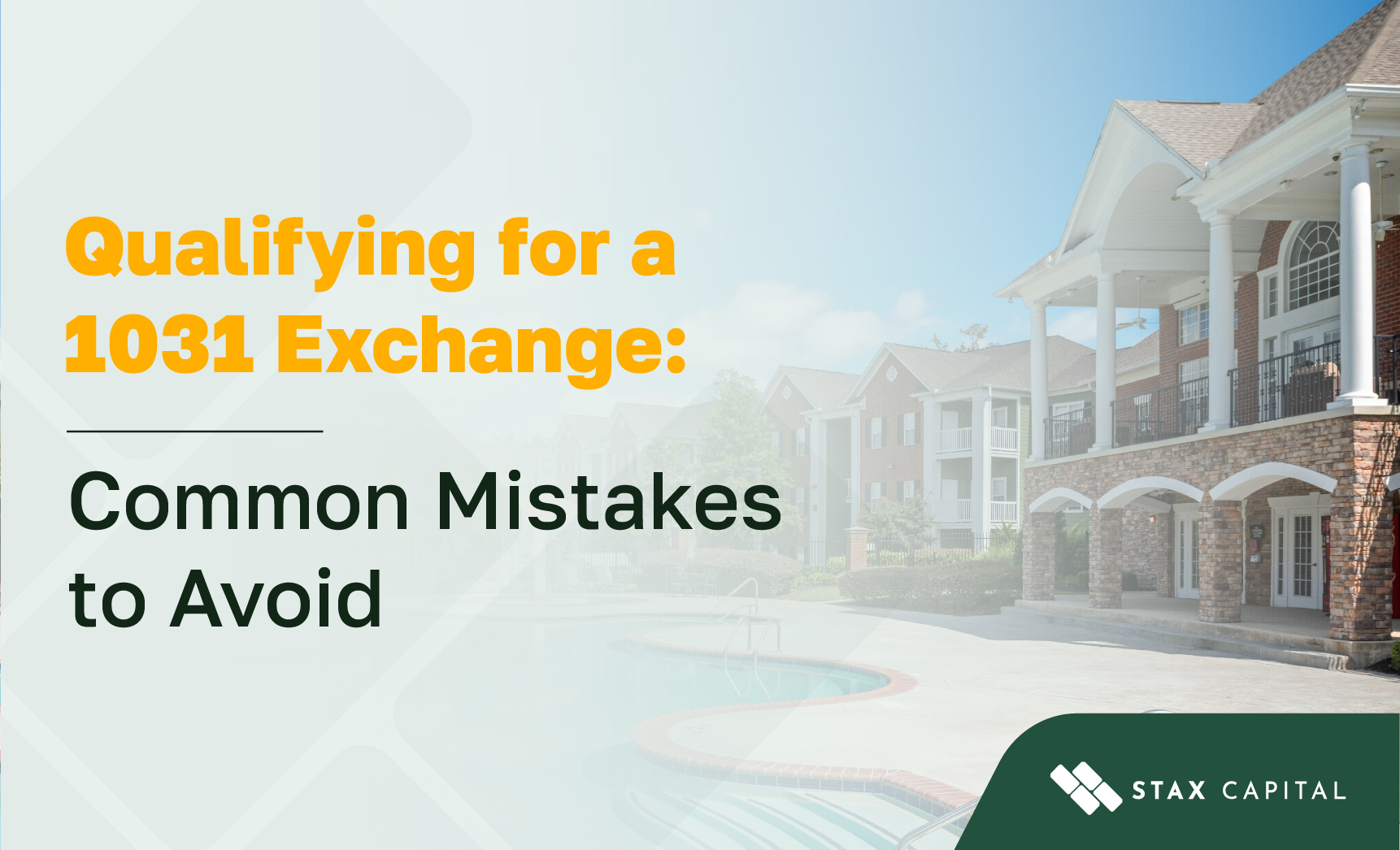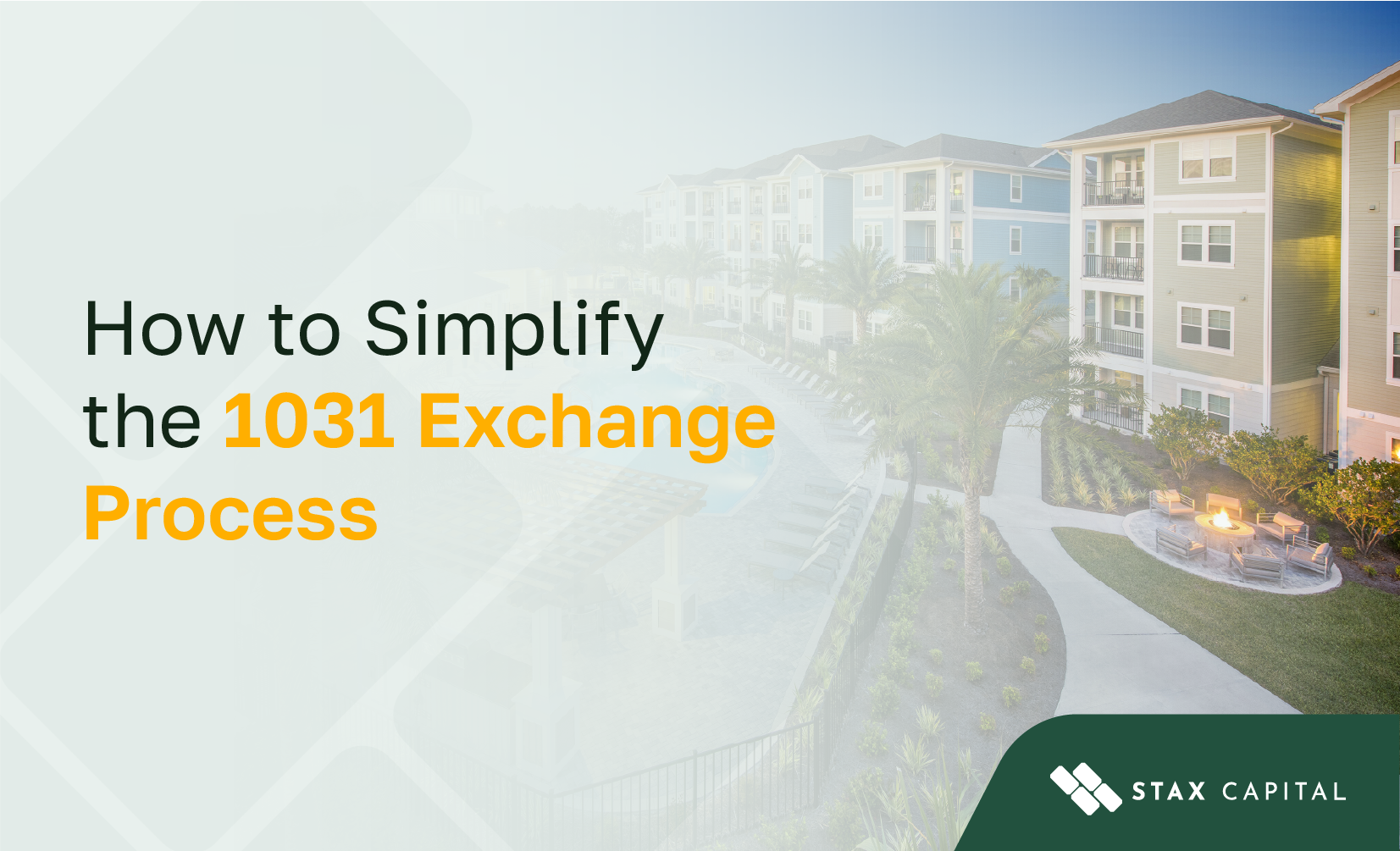What to Know About the 1031 Exchange Identification Rules

Exchange Tips
Real estate investing can be one of the best ways to grow your wealth. Real estate nearly always increases in value over time, and most of what you earn in rent is pure profit. However, there are some rules you’ll need to follow in order to manage your investments well.
The 1031 exchange identification rules govern buying and selling different properties. Read on to learn more about 1031 delayed exchanges and the rules that you’ll need to know when you conduct one.
What Is A 1031 Delayed Exchange?
Before we talk about the rules for 1031 exchange identification, let’s talk about what a 1031 exchange is. An Internal Revenue Code 1031 delayed exchange gives a taxpayer a window of time after they relinquish one property to identify a replacement property. Typically, this window of time lasts forty-five days.
Although a taxpayer only has forty-five days to identify a new property, they have 180 days to acquire the new property. These rules were established after a 1984 case where five years passed between the sale of one property and the acquisition of the next. A 1031 exchange is designed to allow for some leeway around a sale while still keeping the sale and subsequent acquisition linked.
45-Day Identification Rule
The 1031 exchange 45-day rule states that you must identify a replacement property for the one you sold within forty-five days of the sale. You will deliver this identification to a qualified intermediary assisting with the sale. A written statement included in the purchase contract for the replacement property will work, too.
You must write down your identification of the replacement property and sign it in order for it to meet the 1031 identification rules for a 45-day identification. You must also deliver this identification to the replacement property seller or any other qualified person involved in the exchange. Disqualified people would include your employees, attorneys, accountants, bankers, etc.
3-Property Rule
In some cases, you may want to sell one property and replace it with a few smaller properties. This is perfectly acceptable, but there is a limit to how many properties you can identify as replacements. The 3-Property Rule states that you can identify up to three properties “without regard to the fair market value of the properties.”
At one point in time, your three properties had to be organized in a priority order. For example, you could only use your second property as an identified property if the sale on the first one fell through. However, this rule was overturned in the 1991 Treasury Regulations, providing more flexibility in how to identify 1031 exchange properties.
200 Percent Rule
Oftentimes, when you sell a property, you hope to turn a profit on it and be able to buy a bigger or nicer property. You are certainly allowed to do this, but there are some limits on how much of a profit you can turn. Your identified replacement property must not exceed 200 percent of your relinquished property’s value.
If you are exchanging one property for multiple properties, the sum total of the value of all these properties must still come in at less than twice the value of your relinquished properties.
There is some debate about which valuation you should use for the new property calculations. Should you use the appraisal value, the sale value, or the listing price? It’s a good rule of thumb to use the listing price so you ensure you don’t exceed the 200 percent rule during later negotiations.
95 Rule
The 95 rule is a somewhat confusing one that is less reliable than the other rules listed here. It provides some leeway in the three-property rule and the 200-percent rule, but it may not be used in all situations. The basic rule is that so long as you end up acquiring at least 95 percent of what you identify in replacement property, the identification is valid.
So let’s say you identify four new properties whose value totals to $1,000,000. So long as you receive $950,000 worth of the property – 95 percent of what you identified – your identification will be considered valid. Otherwise, you will have to identify a different property.
Incidental Property Rule
In some cases, your replacement property may have some sort of incidental property attached to it. This could be a storage shed, a garage, or similar. The incidental property rule defines the circumstances under which this would and would not have to be identified as a separate property for the sake of the 3-property rule.
Property will be considered incidental as long as it does not exceed 15 percent of the value of the main property. This 15 percent must include the total value of all incidental property attached to the main property. So, if you have a main property worth $100,000, a separate storage unit worth $9,000, and a garage worth $4,000, all three buildings will count as one property.
Learn More About the 1031 Exchange Identification Rules
A 1031 exchange can be a good way to handle the period of time between when you sell one property and acquire another. Knowing the 1031 exchange identification rules will help you navigate these transactions with as little hassle as possible. Remember to consider the listing price for the 200 percent rule and be careful when relying on the 95 percent rule.
If you’d like to learn more about managing your investments the smart way, check out the rest of our site at Stax Capital. We go the extra mile to understand your definition of financial freedom and help you manage your wealth accordingly. Contact us today to discover the Stax difference and start putting your financial freedom first.



Share: